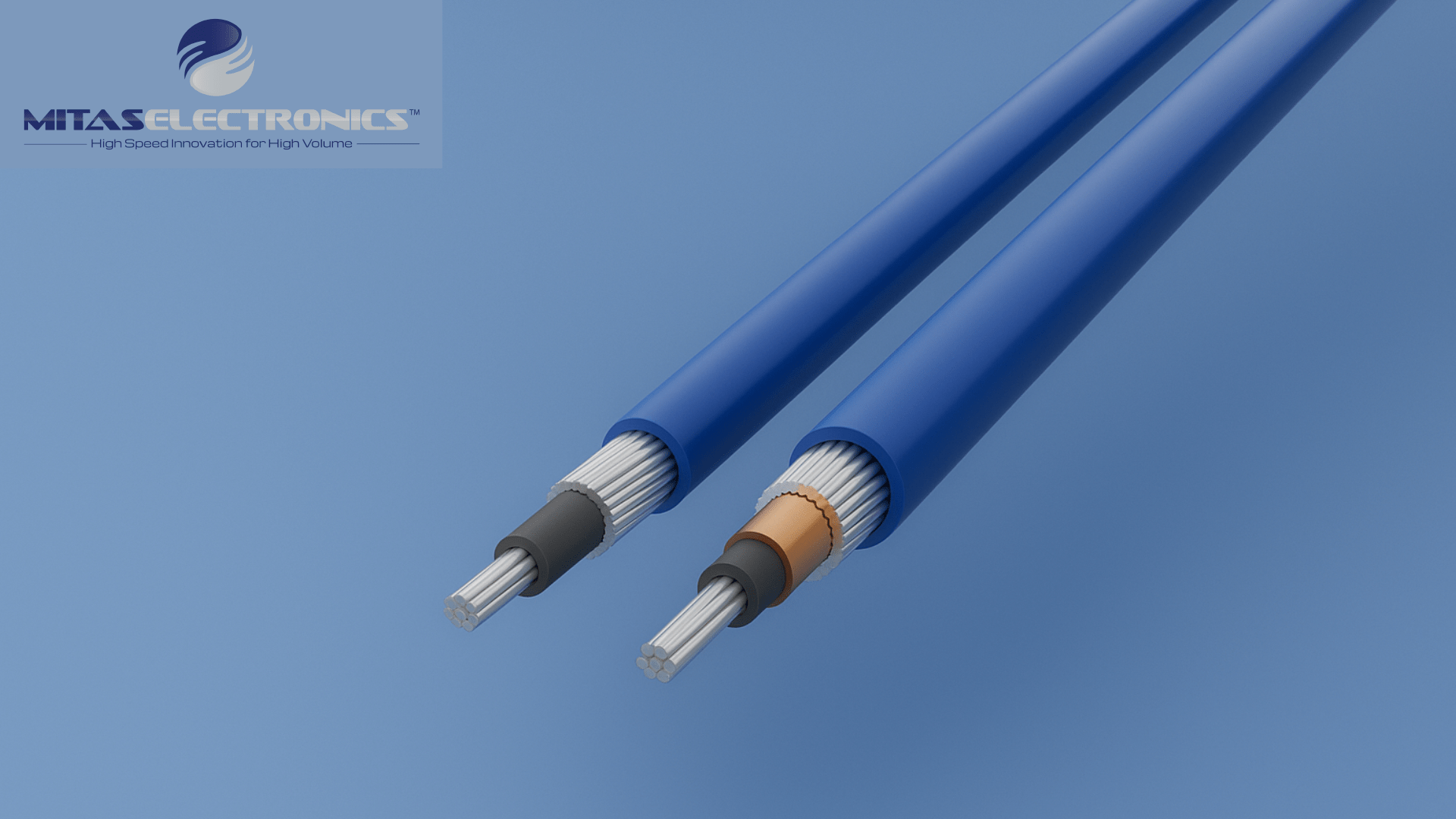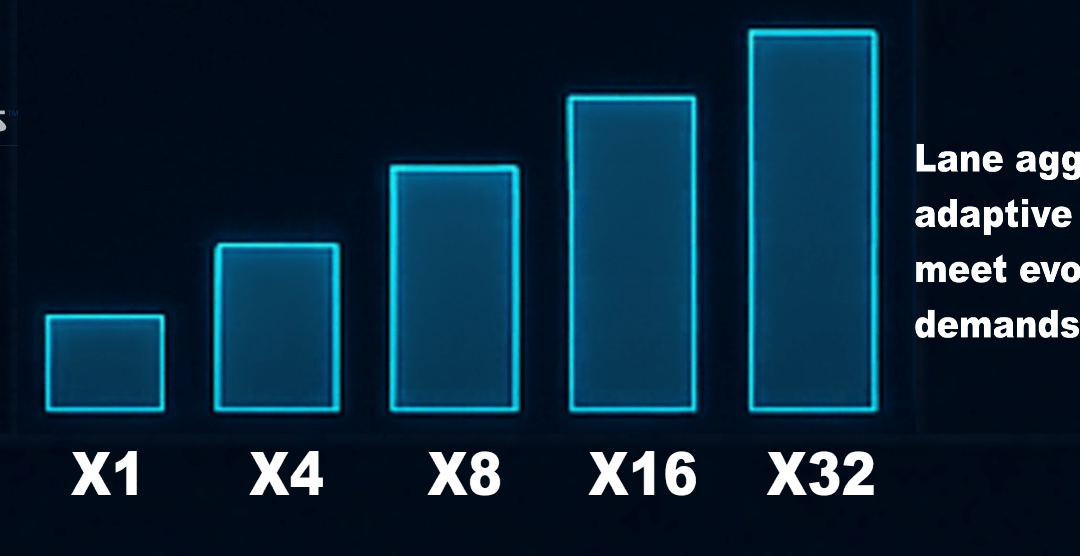Scalability is no longer a luxury it’s the foundation of modern interconnect design. As next-gen systems push the limits of speed, bandwidth, and density, engineering teams are under pressure to build hardware that can grow, adapt, and evolve without a total redesign. Whether you’re developing AI accelerators, advanced medical devices, or high-speed data infrastructure, your interconnects must be ready to scale across protocols, power envelopes, and product generations.
At Mitas Electronics, we’ve seen firsthand how scalable interconnect architecture determines the success or failure of tomorrow’s devices. In this article, I’ll share key strategies and expert insights to help engineers, OEMs, and systems integrators future-proof their designs through scalable interconnect solutions.
Why Scalability Is the New Benchmark
Historically, interconnects were designed for specific bandwidth targets and fixed form factors. Today, those boundaries are obsolete. From AI inference hardware to consumer electronics, product lifecycles demand hardware that supports incremental upgrades, multi-lane expansion, and cross-generational compatibility.
Scalability is no longer just about speed it’s about:
• Supporting future protocols (USB4, PCIe 6/7, CXL)
• Managing thermal dissipation across higher densities
• Reducing redesign cycles for next-gen products
• Standardizing across platforms to reduce cost per unit
The most competitive systems are modular, reconfigurable, and protocol-agnostic by design
Scalable Connector and Cable Architecture
A truly scalable interconnect starts at the mechanical level. Connectors and cable assemblies must accommodate increasing pin counts, maintain impedance across flexible geometries, and shield against rising EMI concerns.
Strategies for scalable design include:
• Micro-coaxial assemblies with high pin densities and low crosstalk
• Stackable connector systems that support 2x, 4x, and 8x lane configurations
• Hybrid power/signal delivery in a unified interface
• Modular mating interfaces to allow field upgrades or board swaps
At Mitas, we’re investing in connector families that scale with your product roadmap without forcing a complete overhaul.

Material Engineering for Long-Term Performance
Scalability isn’t just mechanical it’s material. As data rates increase, the signal integrity burden shifts to the dielectric properties, shielding effectiveness, and thermal stability of your chosen materials.
Look for:
• Low-loss dielectrics that maintain performance at 16+ GHz
• High-temp thermoplastics that support reflow and rework cycles
• EMI shielding materials designed for high-speed differential pairs
• Reinforced jacketing to support tight bend radii in constrained enclosures
These choices enable scalability in performance, manufacturing, and environmental resilience.
Protocol Flexibility and Lane Reconfiguration
A truly scalable interconnect is protocol-transparent. Whether the system is running DisplayPort today and PCIe tomorrow, the cable and connector should not require a redesign.
Tactics to support protocol scalability:
• Lane re-mapping: Reassign physical lanes based on bandwidth demand
• Redundant channeling: Enable fault tolerance or bandwidth doubling via fallback lanes
Designing with forward compatibility in mind reduces both BOM variation and time-to-market for future versions.
Designing for Manufacturability at Scale
Even the most scalable design fails if it can’t scale in production. That’s why DFM (Design for Manufacturability) is a critical piece of the scalability puzzle. A design must be easy to build, test, and validate across low, medium, and high volumes.
Scalability best practices in manufacturing:
• Standardized cable assemblies across product families
• Automated termination and crimp processes for repeatability and reproducibility.
• Inline testing for quality control: continuity, Hi-Pot, dielectric withstand voltage (DWV), and insulation resistance (IR).
• Regionally distributed supply chains to reduce lead time variability
At Mitas, we build for speed, quality, and repeatability no matter how many units you need.
Scalability in high-speed interconnects isn’t just about meeting today’s specs it’s about anticipating tomorrow’s challenges. From modular connectors to smart material choices, every design decision should support growth, agility, and future-readiness.
When you design for scalability, you empower your hardware to evolve with the world around it.
Build smarter. Scale faster. Stay ahead.
